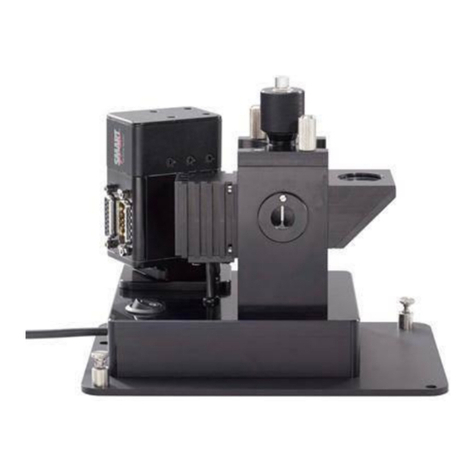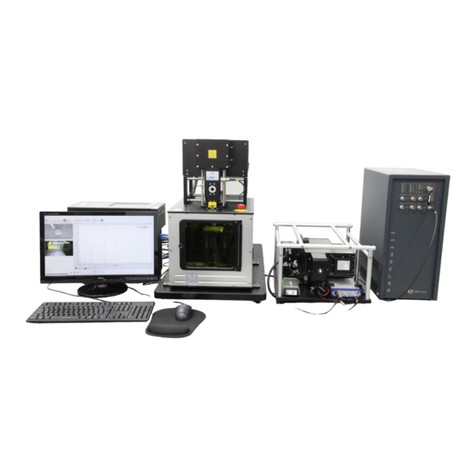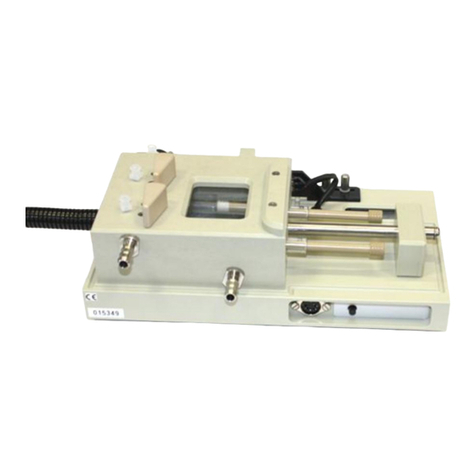CONTENTS
USE OF THIS DOCUMENT ...............................................................................................................................4
HAZARD AND OTHER INDICATORS ...............................................................................................................5
ESSENTIAL SAFETY INFORMATION...............................................................................................................6
CHIRASCAN INTEGRATING SPHERE INSTALLATION AND OPERATIONAL REQUIREMENTS.................7
GLOSSARY........................................................................................................................................................8
1 INTRODUCTION.............................................................................................................................................9
2 INSTALLATION .............................................................................................................................................11
2.1 Preparing the Chirascan sample chamber .........................................................................................11
2.2 Installing the Integrating Sphere.........................................................................................................13
3 OPERATION..................................................................................................................................................16
3.1 Diffuse reflectance mode....................................................................................................................16
3.1.1 Typical use......................................................................................................................................... 16
3.1.2 Sample preparation........................................................................................................................... 16
3.1.3 Mounting the sample ........................................................................................................................ 16
3.1.4 Acquiring a spectrum ........................................................................................................................ 18
3.1.5 Example: D- and L-alanine................................................................................................................. 18
3.2 Transmission mode.............................................................................................................................20
3.2.1 Typical use......................................................................................................................................... 20
3.2.2 Sample preparation........................................................................................................................... 20
3.2.3 Mounting the sample ........................................................................................................................ 20
3.2.4 Acquiring a spectrum ........................................................................................................................ 22
4 MAINTENANCE AND STORAGE .................................................................................................................23
4.1 Maintenance .......................................................................................................................................23
4.2 Storage................................................................................................................................................23






























